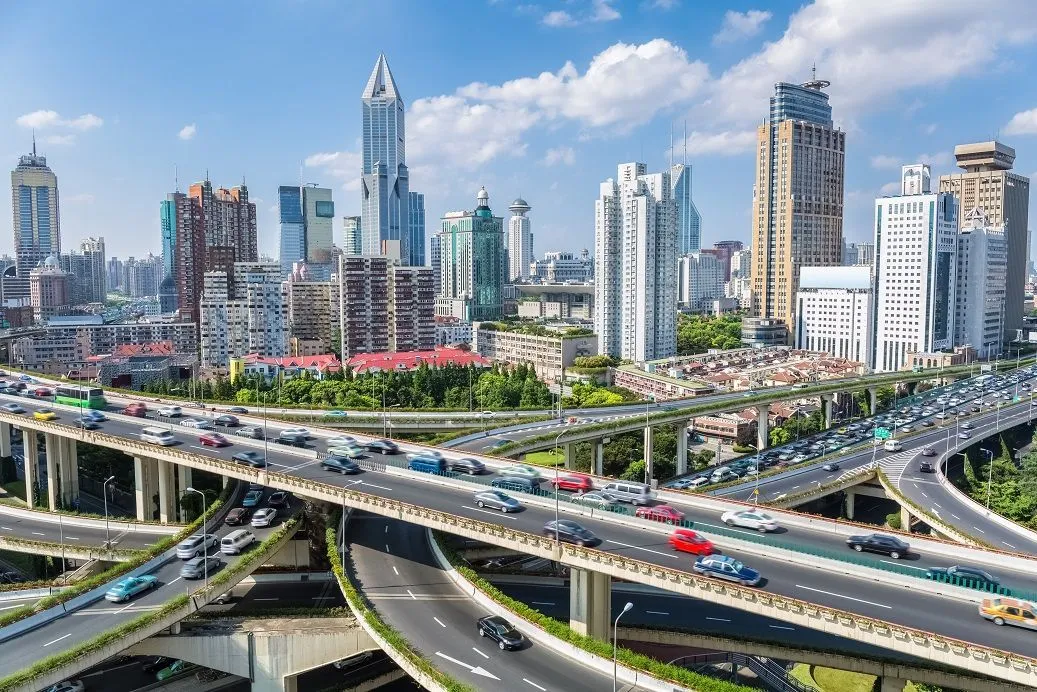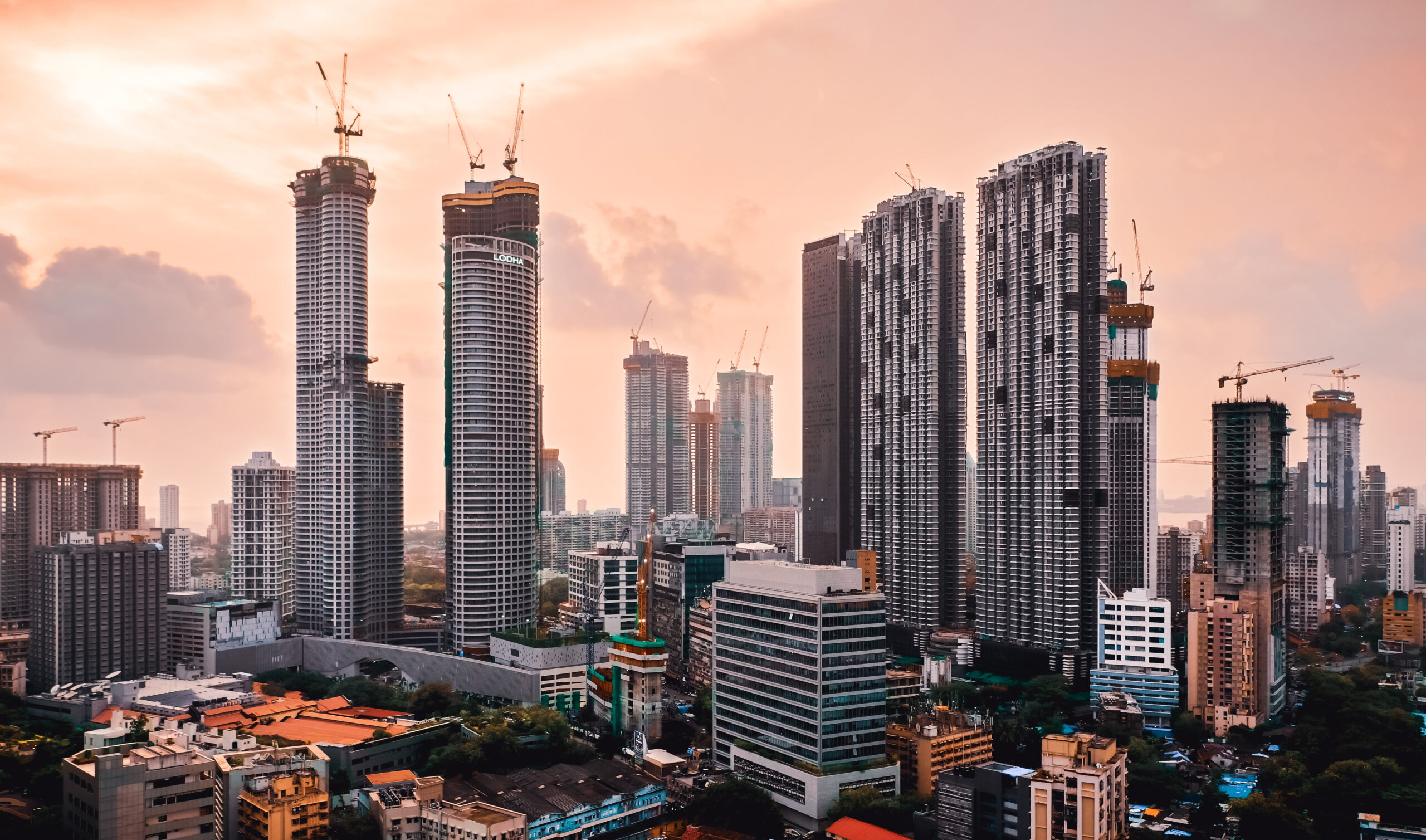Overview
Infrastructure involves the planning, design, construction, and maintenance of essential facilities and systems that support daily life, such as transportation networks, water supply systems, and public buildings.


Detailed Processes:
- Planning and Design:
○ Needs Assessment: Identifying the needs and priorities of the community or region.
○ Design Development: Creating detailed designs for infrastructure projects, including roads, bridges, and utilities.
- Construction:
○ Project Management: Overseeing construction projects to ensure they are completed on time and within budget.
○ Quality Control: Implementing quality control measures to ensure construction meets specified standards.
- Maintenance and Upgrades:
○ Routine Maintenance: Conducting regular maintenance to keep infrastructure in good condition.
○ Upgrading: Upgrading existing infrastructure to meet new demands or comply with updated standards.
- Sustainability and Resilience:
○ Sustainable Practices: Incorporating sustainable practices into infrastructure design and construction.
○ Resilience Planning: Designing infrastructure to withstand natural disasters and other disruptions.
- Regulatory Compliance:
○ Permitting and Approvals: Obtaining necessary permits and approvals from regulatory bodies.
○ Standards Adherence: Ensuring compliance with local, national, and international standards.

